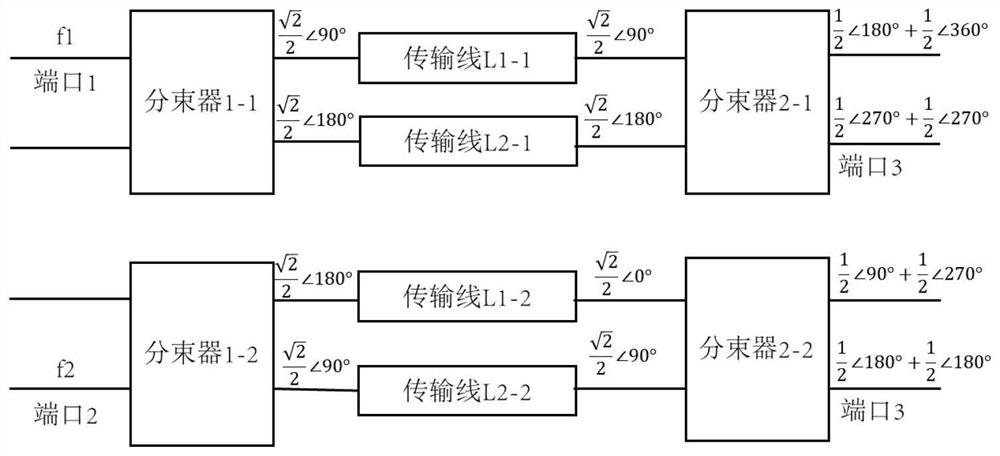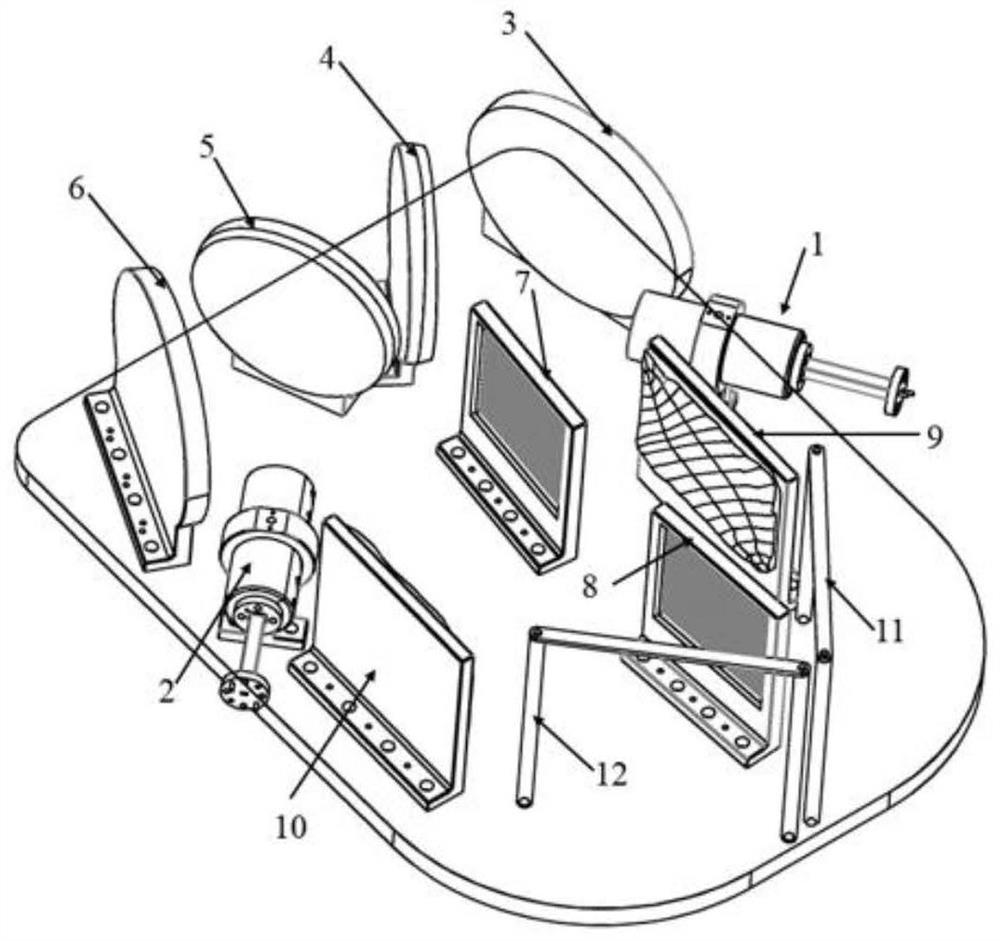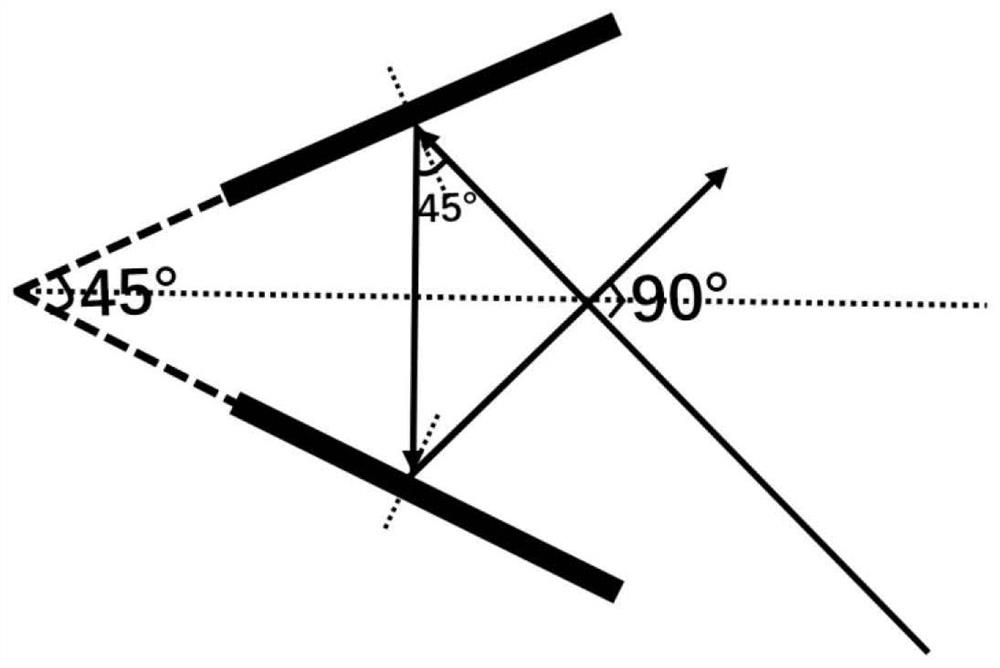High-power-capacity quasi-optical double-frequency synthesizer based on optical interference principle
An optical interference, high-power technology, applied in the microwave field, can solve the problems of increasing the channel transmission cross-sectional area, reducing the channel power capacity, easy to form a strong filter, etc., to achieve high conversion efficiency, improve power capacity, and be conducive to high efficiency The effect of transmission
- Summary
- Abstract
- Description
- Claims
- Application Information
AI Technical Summary
Problems solved by technology
Method used
Image
Examples
Embodiment Construction
[0038] Now take the synthesizing of two channels of different frequency signals at the matching output port and the synthesizing output port of the synthesizer as an example, and illustrate the working mode of the duplex synthesizer in conjunction with the attached drawings:
[0039] figure 2 It is a schematic structural diagram of the quasi-optical dual-frequency synthesizer of this embodiment. It is difficult to achieve high-gain primary radiation only by using a smooth and tapered horn feed. In order to improve the transmission efficiency of the entire duplex combiner, it is necessary to ensure that the input beam has strong quasi-optical characteristics, that is, the beam waist diameter of the input beam is much larger than the operating wavelength. . Therefore, the radiation field of the smooth tapered horn feed needs to pass through two sets of clamshell reflectors to convert the small-aperture Gaussian beam radiated by the horn into a large-aperture Gaussian beam. The...
PUM
 Login to View More
Login to View More Abstract
Description
Claims
Application Information
 Login to View More
Login to View More - R&D
- Intellectual Property
- Life Sciences
- Materials
- Tech Scout
- Unparalleled Data Quality
- Higher Quality Content
- 60% Fewer Hallucinations
Browse by: Latest US Patents, China's latest patents, Technical Efficacy Thesaurus, Application Domain, Technology Topic, Popular Technical Reports.
© 2025 PatSnap. All rights reserved.Legal|Privacy policy|Modern Slavery Act Transparency Statement|Sitemap|About US| Contact US: help@patsnap.com



